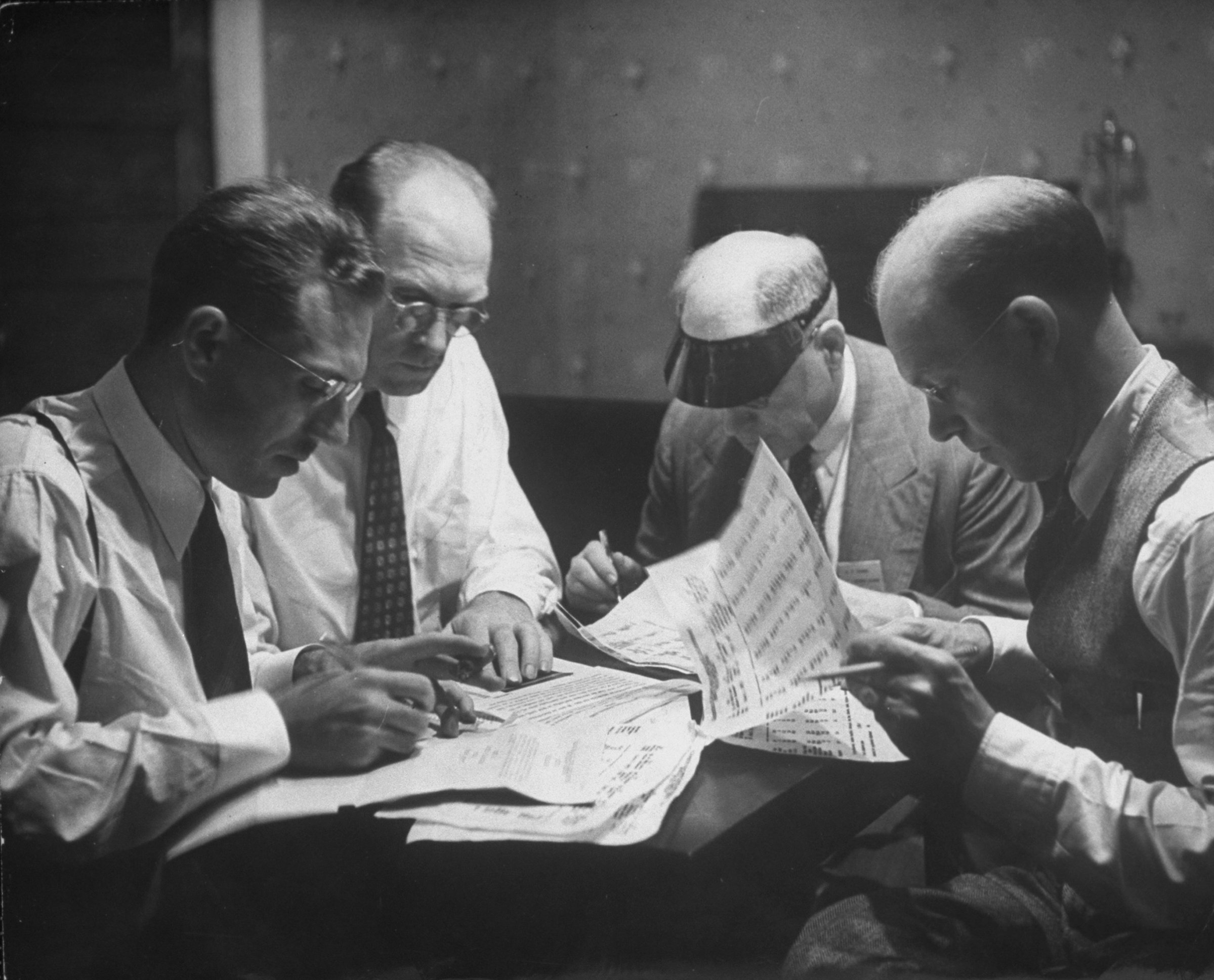
In was just three weeks after D-Day when, on July 1, 1944, delegates of 44 countries descended on a faded Gilded Age resort in Bretton Woods, N.H., with hopes of reforming the entire global financial system.
Many of them believed that system had aggravated the Great Depression and ushered in fascism and war. And their Bretton Woods Conference was a triumphant success, establishing the financial cornerstones of the post-war system. But, 75 years later, that achievement is under threat.
The planning for Bretton Woods had started two weeks after Pearl Harbor when Harry Dexter White, a Treasury economist, was assigned to draft a new framework to avoid the unfettered, nationalist “beggar-thy-neighbor” currency devaluations of the interwar period. These had ravaged global trade as each country cheapened its money to gain an export advantage. Putting pen to paper, White dreamed up two new global institutions: a fund to ensure an orderly exchange system and a bank to finance reconstruction and development. Across the Pond, the legendary British economist John Maynard Keynes was developing his own plan, one that was remarkably similar.
After protracted negotiations among the major Allied Powers, delegates were summoned in July 1944 to the Mount Washington Hotel, which had been host to Robber Barons, Presidents and celebrities from Babe Ruth to Winston Churchill before falling on hard times. It was chosen for both its security and cool climate, as Keynes begged not to be subjected to a blistering Washington, D.C., summer. A gaggle of leading economists descended for three weeks of brutal work, sprinkled with occasional golf, tennis and socializing. The result was the International Monetary Fund and the World Bank.
For its sponsors, Bretton Woods was the first attempt at creating effective international institutions that might prevent conflict after the war. It was a dress rehearsal for the contemplated United Nations. If such a project could work in a technical field like economics, it would pave the way for other realms, including geopolitics and conflict prevention.
For such institutions to truly be effective, all parties need a stake in the system. The vision was sweeping: even as fighting continued, eventual German and Japanese membership was contemplated. The wise and wizened American government under FDR took a strong but not dominating position towards others. America then was astride the world like a colossus, representing more of the global economy than the other major powers combined, and could have dictated whatever terms it wished. Instead it tried to accommodate the concerns of the British, the Chinese, the Russians and others while still aggressively advancing its own interests. Whatever was given up at the margins would be more than made up for if a robust and lasting system could be successfully established.
Get your history fix in one place: sign up for the weekly TIME History newsletter
The delegates were proud of their achievement. Keynes declared at the closing banquet, “We have shown that a concourse of 44 nations are actually able to work together at a constructive task in amity and unbroken concord. Few believed it possible. If we can continue in a larger task as we have begun in this limited task, there is hope for the world.” Treasury Secretary Henry Morgenthau observed that the nations had not “found any incompatibility between devotion to our own countries and joint action. Indeed, we have found on the contrary that the only genuine safeguard for our national interest lies in international cooperation.”
Today, however, the U.S. has been moving away from this this brand of economic leadership. The America First policies of President Trump take a negative view of the costs of such cooperation and the current trade wars have brought back a variant of economic conflict not seen in years. Democrats too — from Bernie Sanders to Hillary Clinton — lambasted the multilateral Trans-Pacific Partnership, for example. Meanwhile, China is rising to the occasion, seeking to rework the global order in its own image. Its Belt and Road initiative plans include trillions of dollars of infrastructure across Eurasia, pulling both Asia and Europe into its orbit, and its Asian Infrastructure Development Bank, a rival to the World Bank, was joined by such U.S. allies as Britain, Canada and Australia, over the Obama Administration’s explicit objection.
The vision of Bretton Woods was hard won, coming at the cost of the horrors of the first half of the 20th century. Its delegates knew that the road to prosperity was paved through cooperation, fair rules and flexible but sound money. Seventy-five years later, leaders on both sides of American politics are moving away from its lessons. The world has, of course, changed dramatically and we should not simply return to the system created in 1944. But on the issues of trade and money — and the larger issues of international cooperation and coordination — the spirit of Bretton Woods can still be recaptured.
Richard Hurowitz is a writer, investor and publisher of the Octavian Report, the quarterly magazine of ideas
More Must-Reads from TIME
- Cybersecurity Experts Are Sounding the Alarm on DOGE
- Meet the 2025 Women of the Year
- The Harsh Truth About Disability Inclusion
- Why Do More Young Adults Have Cancer?
- Colman Domingo Leads With Radical Love
- How to Get Better at Doing Things Alone
- Michelle Zauner Stares Down the Darkness
Contact us at letters@time.com